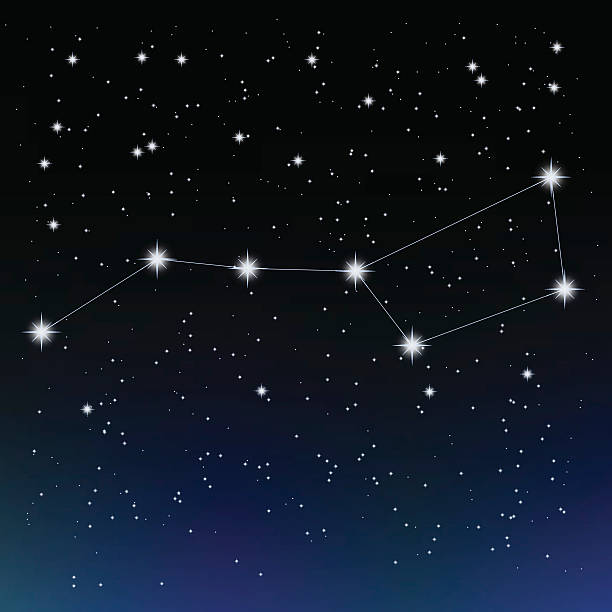Fish Trap – Bubu
REGION
Philippines
Philippines
OBJECT
The Big Dipper
The Big Dipper
SOURCE
Adapted from Joel Regala, “Indigenous Knowledge: Contours for a Science of the Folk Community”, Journal of Big History, VI(1); 15–22 (2023).
Adapted from Joel Regala, “Indigenous Knowledge: Contours for a Science of the Folk Community”, Journal of Big History, VI(1); 15–22 (2023).
Much of the research in Filipino indigenous astronomy comes from the work of anthropologist Dante Ambrosio, considered the ‘Father of Philippine Ethno-Astronomy.’ He argued that whenever early Filipinos looked into the sky, they would see not just stars but their own civilization. He defined his ethno-as- tronomy as the study of civilization through astronomy, a form of traditional knowledge similar to archeo-astronomy, which investigates astronomical techniques that ancient peoples used to establish cycles of the year, especially for agricultural purposes.
In reclaiming the stars, Ambrosio realized how the Indigenous peoples of the Philippines read the sky. He saw that early Filipinos imprinted their cultural identity onto the heavens and, in return, their cosmic vision affected their ways of life, thinking, and even worldview. These Indigenous tribes consulted heavens for their daily activities, as when selecting the best times for hunting, planting, and fishing.
The Big Dipper (Ursa Major) was given the name Bubu by the Sama, a maritime people from Tawi-Tawi, the islands in the south-west Philippines. It is a celestial representation of the bubu, a cage-like traditional fish trap. The Sama people would consult the constellation to determine how bountiful their catch will be. The appearance of many stars within the Bubu’s ‘cage’ indicate good weather and a bountiful catch.
The position of the stars, which form the rope used to pull up the bubu out of the sea, indicated the strength of the current. These stars form the handle of the Big Dipper. When they are in the east, the current is strong but when they are in the west, the current is weak or there is no current at all.

The Sama people used the star Mamahi Uttara (Polaris, the North Star) and Bunta, Anakdatu, and Sahapang (Southern Cross, Alpha Centauri, and Beta Centauri) for navigating the seas for fishing. This cluster of stars resembles a fishing scene—Anakdatu (child of a chieftain), the fisherfolk, using their Sapahang (spear) to catch Bunta, a pufferfish.
Several stars, together with the wind, are also used in direction finding. Samas know that the morning star Lakag or Maga is in the east, Bubu and Mamahi Uttara are in the north, while Bunta is in the south.